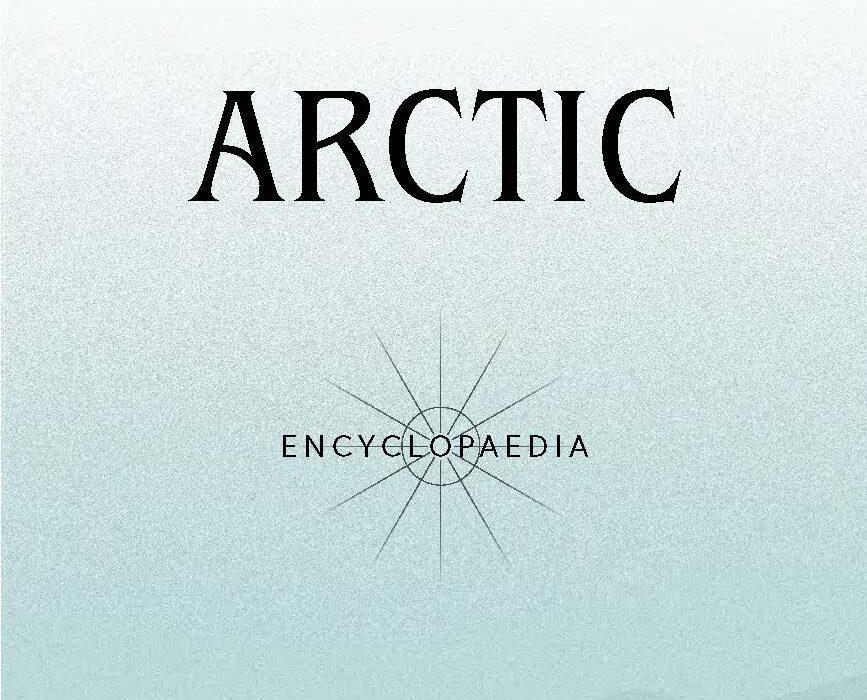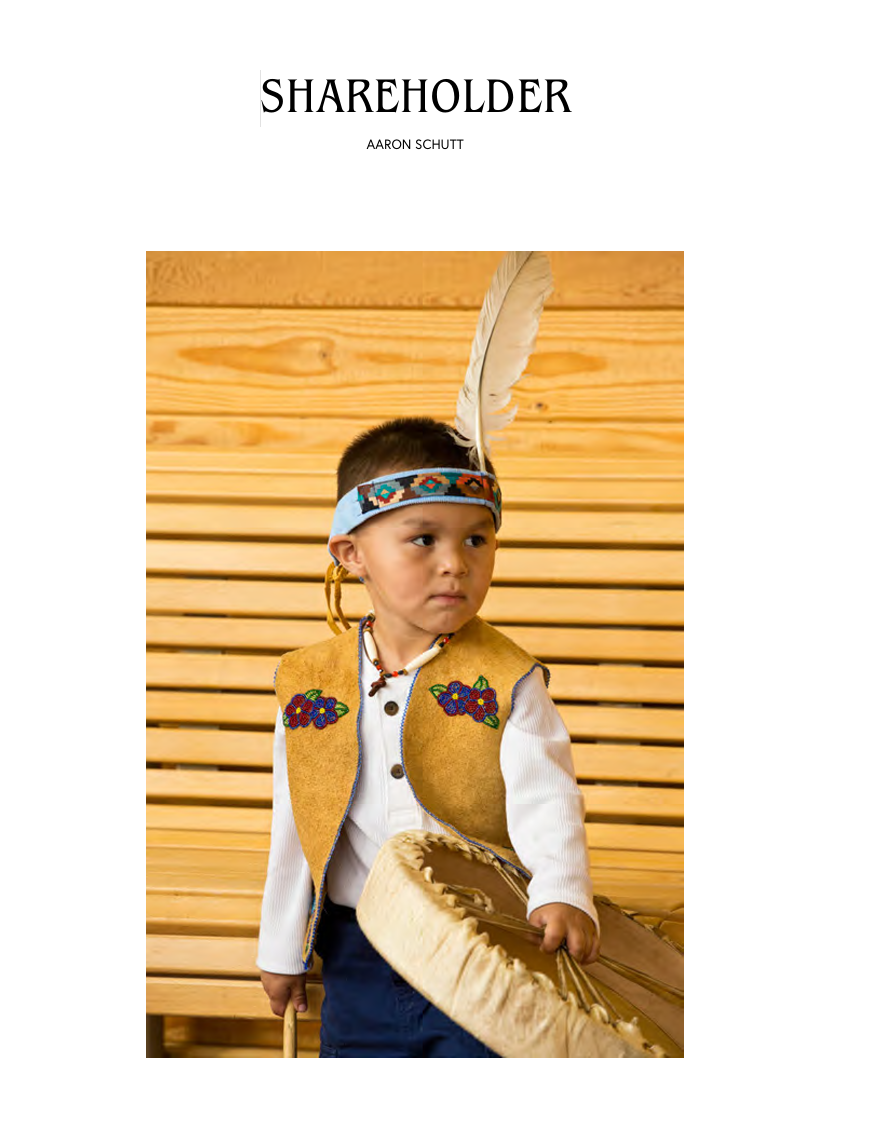The Arctic Encyclopedia Aims to Showcase the Breadth of the Arctic

The Arctic Economic Council has launched its Arctic Encyclopedia, containing over 200 entries from contributors across 36 countries.
This week, the Arctic Economic Council launched its Arctic Encyclopedia, aiming to showcase the cultural, economic, and emotional breadth of the Arctic. The book features contributions from more than 200 individuals across 36 countries and "reframes how the Arctic is perceived."
From A to Ø, the Arctic Encyclopedia features entries in which each author defines one word that connects them to the Arctic region.
In an effort to expand the image of the Arctic, the Arctic Encyclopedia includes voices of artists, poets, photographers, scientists, and politicians, among others.
"Too often, the Arctic is framed in myth and metaphor. As the end of the Earth. As a frozen Eden. As a geopolitical chessboard or a final frontier for adventurers. But beyond the clichés lies a living, breathing region – home to four million people, ten percent of whom are Indigenous," writes Mads Qvist Frederiksen, CEO of the Arctic Economic Council, in the book's introduction.
Unfolding the Arctic story
The definitions range in form from poems, personal essays, collages, illustrations, paintings and photographs. While the terms included in the Encyclopedia are not always exclusive to the Arctic, the definitions provide insights into what they entail in an Arctic context.
The Norwegian Prime Minister Jonas Gahr Støre has written the entry for 'Ocean,' stating that protecting the Arctic Ocean by halting the global temperature rise is crucial, while Admiral Rob Bauer has defined 'Security,' writing that 'Security is being free from and danger and threats in our daily lives, allowing us to enjoy the midnight sun and the Northern Lights.
Camilla Brekke, Director of the Norwegian Polar Institute, has provided a photo of a research vessel sailing through icy waters for the term 'Vessel,' while researcher Tim Reilly says in his entry on 'Space,' that the Arctic is a high-latitude stepping stone into space.

The entry for Shareholder by Aaron Schutt, CEO of Doyon Limited, one of thirteen Alaska Native Regional Corporations. (Screenshot from the Arctic Encyclopedia)
A global perspective
“Two-thirds of the contributors are from the Arctic itself. But we’ve also included photographers from Costa Rica, researchers from Indonesia, and executives from Switzerland,” says Frederiksen.
“This is a reminder that the Arctic is global. Climate change might be visible in the high north, but the implications are everywhere. Likewise, products like fish are caught in the cold waters of the Arctic but sold at global markets.”
This globality comes to show in entries such as Special Envoy for Arctic Affairs in Singapore, Sam Tan's, that the melting ice in the Arctic "will also change shipping routes and trade patterns, transforming the global strategic architecture and impacting trading nations like Singapore."
The book is being printed in a limited run of 300 copies, with additional copies possible pending further funding. However, the online edition is freely accessible to the public here.
“This is not a book to be shelved. It’s a book to be shared—in classrooms, over coffee tables, across generations,” says Frederiksen. “It can be read from beginning to end or opened at random. Each word offers a new insight," says Frederiksen.
The Arctic Encyclopaedia is published by the Arctic Economic Council, a pan-Arctic business organization dedicated to promoting sustainable economic development in the High North. The book was made possible through financial support from the European Union, the Nippon Foundation, and a private contributions.




